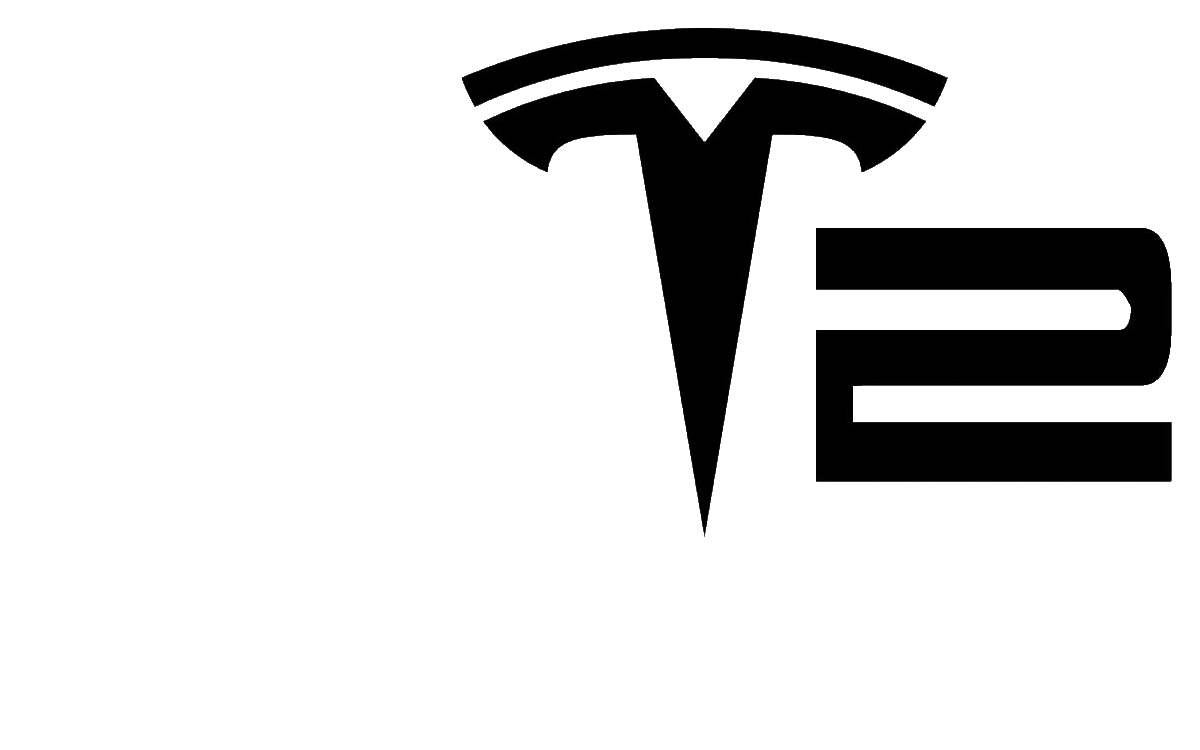JBee
Well-known member
- First Name
- JB
- Joined
- Nov 22, 2019
- Threads
- 14
- Messages
- 3,596
- Reaction score
- 493
- Location
- Australia
- Vehicles
- Cybertruck
- Occupation
- . Professional Hobbyist
I'm working on a off-road "Cybervan" alternative, just for the fun of doing a design exercise in my head and on CAD. If anyone is curious we could start a thread to discuss.
Base is a modular build that consists of a single wheel suspension setup with built in axial flux induction motor with in hub planetary gear and air operated disc brake, hanging on a pushrod actuated double wishbone air suspension setup, with electronically adjustable shocks, each with steering knuckle (for 4WS). Each module will be rated for between 1.25 to 2tons.
Vehicle can be whatever wheelbase, width or vehicle length by changing what slots in between the modules. Front drivers cab will be provided, either as a dash back or full drivers cab and chassis or enclosed van body. Battery sizes can be whatever is required and be in the form of a load bearing structural 4680 pack chassis to accommodate the body types.
2 pieces of this module can be used as a FWD van with a lazy axle rear, for urban delivery vehicles etc. up to 8 tons, 4 modules for a 4X4 with 4WS and 5-8tons total, and a 6x6 for 7.5 to 12tons, which could also use lazy axles, or unpowered modules instead for the third axle. All on super single tyres.
The capacity is at that level so it can reach between 6-9 seater passenger van, all the way up under semi as a smaller flat bed truck avoiding the need for any other in between models. There is also a potential to use the modules for powering other types of vehicles, including industrial or agricultural tractors, earthmoving and dedicated working machines, for things like sweepers, rubbish truck, firetrucks or road maintenance. The same vehicle could also do multiple tasks for municipal etc with dedicated pickup bodies.
Manufacturing and maintenance should be kept to a minimum by reusing the same assemblies throughout the whole vehicle range, along with minimal wear and tear components. Although the motors are hub designed, axial flux motors can be used with up to 160kW per wheel using a planetary gear, and only 4 bearings in total in the driveline, adding about 18kg of un-sprung weight to each wheel. For comparison, a 35" CT wheel will weigh anywhere between 35 and 45kg, and vehicle dynamics are unlikely to be affected much, in comparison to a sports car were un-sprung weight plays a larger roll. In inboard pushrod suspension also lowers the unsprung weight, as does the higher rpm motor with a higher ration planetary gear, that in turn keep the motor within it's ideal efficiency island.
Anyway, would be interesting to discuss.
Base is a modular build that consists of a single wheel suspension setup with built in axial flux induction motor with in hub planetary gear and air operated disc brake, hanging on a pushrod actuated double wishbone air suspension setup, with electronically adjustable shocks, each with steering knuckle (for 4WS). Each module will be rated for between 1.25 to 2tons.
Vehicle can be whatever wheelbase, width or vehicle length by changing what slots in between the modules. Front drivers cab will be provided, either as a dash back or full drivers cab and chassis or enclosed van body. Battery sizes can be whatever is required and be in the form of a load bearing structural 4680 pack chassis to accommodate the body types.
2 pieces of this module can be used as a FWD van with a lazy axle rear, for urban delivery vehicles etc. up to 8 tons, 4 modules for a 4X4 with 4WS and 5-8tons total, and a 6x6 for 7.5 to 12tons, which could also use lazy axles, or unpowered modules instead for the third axle. All on super single tyres.
The capacity is at that level so it can reach between 6-9 seater passenger van, all the way up under semi as a smaller flat bed truck avoiding the need for any other in between models. There is also a potential to use the modules for powering other types of vehicles, including industrial or agricultural tractors, earthmoving and dedicated working machines, for things like sweepers, rubbish truck, firetrucks or road maintenance. The same vehicle could also do multiple tasks for municipal etc with dedicated pickup bodies.
Manufacturing and maintenance should be kept to a minimum by reusing the same assemblies throughout the whole vehicle range, along with minimal wear and tear components. Although the motors are hub designed, axial flux motors can be used with up to 160kW per wheel using a planetary gear, and only 4 bearings in total in the driveline, adding about 18kg of un-sprung weight to each wheel. For comparison, a 35" CT wheel will weigh anywhere between 35 and 45kg, and vehicle dynamics are unlikely to be affected much, in comparison to a sports car were un-sprung weight plays a larger roll. In inboard pushrod suspension also lowers the unsprung weight, as does the higher rpm motor with a higher ration planetary gear, that in turn keep the motor within it's ideal efficiency island.
Anyway, would be interesting to discuss.
